
NHL Hockey Player News



Kaut was dealt alongside Jacob MacDonald in a deal with the San Jose Sharks that saw Ryan Merkley and Matthew Nieto go the other way.
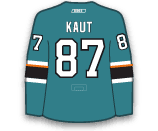
MacDonald was dealt alongside Martin Kaut in a deal with the San Jose Sharks that saw Ryan Merkley and Matthew Nieto go the other way.

Merkley was dealt alongside Matthew Nieto in a deal with the Colorado Avalanche that saw Jacob MacDonald and Martin Kaut go the other way.
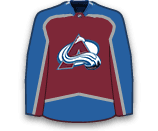
Nieto was dealt alongside Ryan Merkley in a deal with the Colorado Avalanche that saw Jacob MacDonald and Martin Kaut go the other way.

Weatherby had three goals, three assists, 39 PIMs and a -7 plus/minus through 39 games this season with the San Jose Barracuda (AHL) and has been traded to the Detroit Red Wings for Kyle Criscuolo.

Criscuolo had five goals, five assists, 17 PIMs, and a -13 plus/minus through 28 games with Grand Rapids (AHL) but has been traded to the San Jose Sharks for Jasper Weatherby.
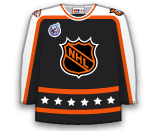
Del Zotto has been playing with the Charlotte Checkers (AHL) where he had two goals and 10 points with 14 PIMs through 25 games prior to being dealt to the Anaheim Ducks Monday. He was part of a three-way trade which saw Danny O'Regan go to Detroit, and Givani Smith head to Florida.

Smith had been playing in Grand Rapids (AHL) prior to being dealt Monday, where he had two goals, three assists, 45 PIMs and a -21 plus/minus through 19 games. He was part of a trade which saw Detroit acquire Danny O'Regan, and Anaheim, Michael Del Zotto.

O'Regan had been playing in San Diego (AHL) prior to being dealt Monday to the Detroit Red Wings and had three goals, 15 assists and a -11 plus/minus through 27 games with the Gulls. He was a part of a three-way deal which saw Michael Del Zotto head to Anaheim and Givani Smith go to Florida.

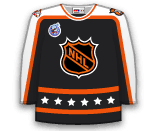

Hayes has been acquired by the Carolina Hurricanes for future considerations after putting up one assist, 13 PIMs and a +3 plus/minus with the Henderson Silver Knights (AHL). Hayes played three games for the Golden Knight in 2021-22 with zero points, and one shot.

Douglas is best known for his massive 6'9" frame and will head to Arizona with hopes of making the Coyotes' roster at some point this season. In 13 games with the Toronto Marlies (AHL) he had one assist and 30 PIMs with a -2 rating. He was dealt for defensemen Conor Timmins Wednesday.

Timmins heads to the injured Maple Leads after putting up three assists and 12 PIMs in six games with the Tucson Roadrunners in Arizona's farm system. The 24-year-old was traded for Curtis Douglas and will hope to add to his 41 career NHL games he has amassed over four injured riddled seasons.

Reaves heads to Minnesota for a 2025 5th round pick after failing to pick up a point through 12 games played with 12 PIMs and a -5 plus minus. He joins the Wild in hopes of receiving more ice time as he only saw 8:27 ATOI with New York.

Pederson was dealt along with Ethan Bear for a 2023 5th-round pick. Pederson never got to play an NHL game for the Carolina Hurricanes before being health but has enjoyed two seasons prior with the Sharks and Coyotes. In 44 career games, he has one goal and four assists while posting a -18 plus/minus.
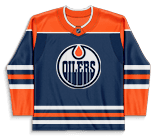
Bear has been traded to the Vancouver Canucks along with Lane Pederson for a 2023 5th round pick. In 190 career games played, he has 13 goals and 47 points to go along with 269 SOG. It will be Bear's third team in three seasons.
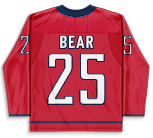
NHL Trade Tracker
NHL Trade Rules
Salary Cap
Roster Limit
NHL Trade Deadline
Understanding the Strategy Behind NHL Trades
How NHL Trades Impact Sports Betting
NHL Trades FAQs
NHL trades are decided between two or more team general managers. The front office’s job is building a winning team. Building a winning team means discussing trades with other general managers across the league.
During the NHL regular season, players can be traded up until the trade deadline. The deadline is the official cutoff point for when teams can no longer make moves between each other. Players can also be traded throughout the offseason.
Teams trade players in hockey for a variety of reasons, but generally, it is done to find success, whether that is in the short term or long term. Teams may trade their top players in search of draft picks if they are undergoing a rebuild, whereas contending teams may look to acquire talent to boost their playoff chances.
Trades are a common occurrence throughout the NHL and happen often. Some years feature less trades than others, it all depends on each teams needs and the availability of attractive talent.